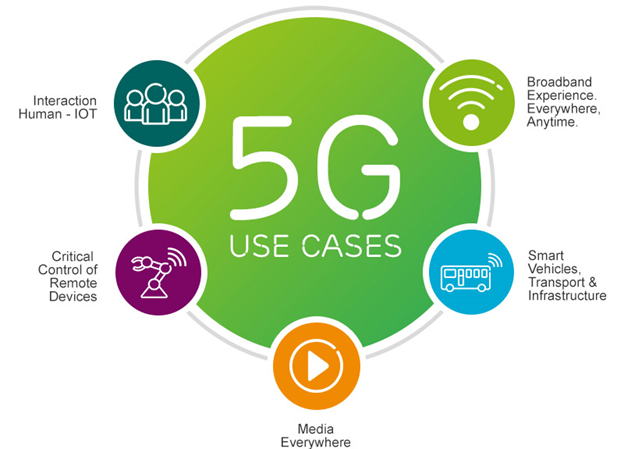Insightful Perspectives
Explore a world of engaging news and informative articles.
5G: The Speedy Hare in the Race Against Slow Connectivity
Discover how 5G is revolutionizing connectivity and leaving slow internet in the dust. Join the race for lightning-fast speeds!
How 5G Technology is Revolutionizing Mobile Connectivity
The advent of 5G technology is ushering in a new era of mobile connectivity, fundamentally transforming the way we communicate and interact with the digital world. Unlike its predecessors, 5G offers significantly faster data transfer speeds, reduced latency, and increased capacity to connect multiple devices simultaneously. This breakthrough allows for seamless streaming, ultra-responsive gaming, and the ability to support the burgeoning Internet of Things (IoT). For consumers, this means that activities like downloading large files or engaging in high-definition video calls can happen in an instant, making mobile connectivity more efficient and reliable than ever before.
Moreover, the impact of 5G technology extends beyond mere speed enhancements; it is set to reshape various industries, including healthcare, transportation, and entertainment. For instance, in healthcare, real-time data transfer can facilitate remote surgeries and telemedicine, improving patient outcomes. In the realm of transportation, 5G will enhance the development and implementation of autonomous vehicles by enabling real-time communication between vehicles and infrastructure. As we continue to explore the possibilities that 5G offers, it is clear that this revolutionary technology is not just about connecting devices, but about enhancing the very fabric of our daily lives.

The Differences Between 5G and Previous Generations: What You Need to Know
5G technology represents a significant evolution from its predecessors, 1G through 4G. Unlike earlier generations, which primarily focused on voice communication and basic mobile data, 5G is designed to support a broad range of applications, including the Internet of Things (IoT), augmented reality (AR), and smart cities. One of the key differences is the increased bandwidth offered by 5G, which can reach speeds up to 100 times faster than 4G, allowing for smoother streaming, instantaneous downloads, and an overall enhanced user experience.
Another crucial distinction lies in the latency rates of these technologies. Previous generations, such as 4G, had latency rates typically around 20-30 milliseconds, which can be noticeable in real-time applications. In contrast, 5G boasts a remarkable reduction in latency to as low as 1 millisecond. This is particularly beneficial for applications requiring real-time responses, such as autonomous vehicles and telemedicine. As we transition into a more connected world, understanding these differences between 5G and earlier generations is vital for leveraging the full potential of this revolutionary technology.
Is 5G Worth the Hype? Exploring Benefits and Concerns
5G technology has been a hot topic in recent years, promising to revolutionize the way we connect and communicate. One of the key benefits touted by advocates is its incredible speed, which is anticipated to be up to 100 times faster than 4G. This leap in speed can enhance user experiences in various areas, such as streaming high-definition videos, increased download speeds, and smoother online gaming. Additionally, 5G networks are expected to have lower latency, which means faster response times—crucial for applications like virtual reality and remote surgeries. As more devices become connected in the Internet of Things (IoT), 5G could provide the necessary infrastructure to support this growing ecosystem.
However, the roll-out of 5G is not without concerns. Critics raise issues regarding health risks associated with increased exposure to radiofrequency radiation, although studies on this topic are still ongoing. Furthermore, the implementation of 5G technology may exacerbate the digital divide, as areas with little infrastructure might struggle to access these advanced services. Another concern is the heightened risk of cybersecurity threats, as a more interconnected world can expose vulnerabilities that can be exploited by malicious actors. Ultimately, while the potential benefits of 5G are substantial, careful consideration must be given to the associated risks to ensure that the technology serves everyone effectively and safely.